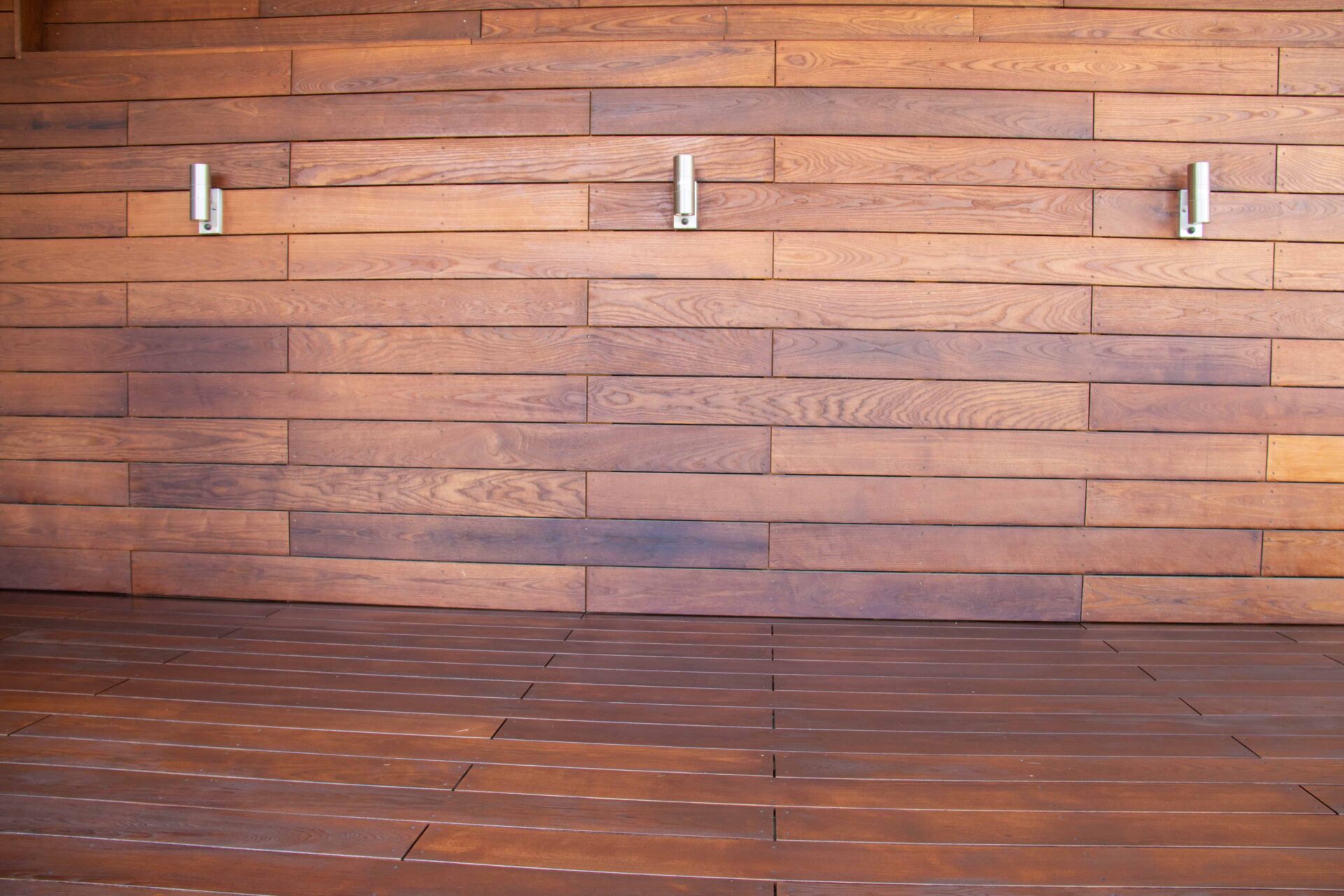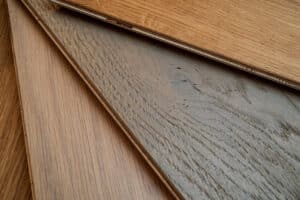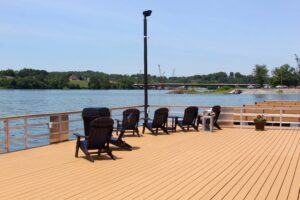When it comes to building materials, homeowners and commercial contractors simply love using wood. That’s because wood is beautiful for outdoor uses such as decking, fences, and various types of decor.
Untreated wood products are highly susceptible to decay, rot, shrinkage, and warping. So then, which kind of wood should you use for your next home improvement project?
Learn about heat-treated vs. pressure-treated lumber to see which is best for your upcoming project.
Heat-Treated vs. Pressure-Treated Lumber: What’s the Difference?
As the names suggest, the difference between heat-treated lumber vs. pressure-treated lumber is the treatment process itself.
What is Heat-Treated Wood?
Thermally modified wood goes through a heat treatment process between 320-500°F (160-260°C) to degrade the substance hemicellulose. Fungal diseases use this substance as a food source. Eliminating it decreases the wood’s equilibrium moisture content, so it doesn’t absorb as much water. Additionally, it increases the wood’s dimensional stability.
Then, the wood goes through the kiln-drying process to reduce oxygen levels and prevent combustion. The specific drying process will vary depending on the wood species.
Heat-treated wood is becoming more popular with eco-friendly homeowners and contractors because it poses fewer environmental risks. It also helps discourage the unsustainable use of dark tropical hardwoods.
ThermoWood is a leading thermally modified wood brand from Finland.
What is Pressure-Treated Wood?
Pressure-treated or Tanalised wood goes through a process that uses high pressure to penetrate a water-based solution of preservatives deep into the wood. The main compounds in the treatment include:
- Alkaline copper quaternary (ACQ)
- Copper azole (CA)
- Micronized copper azole (MCA)
Marine lumber for commercial applications also includes chromate copper arsenate (CCA).
Some pressure-treated wood may use fire retardants. This way, the wood will quickly char rather than combust if it catches fire. The wood preservatives slow the natural decay process. They also help resist the following:
- Fungus
- Microorganisms
- Moisture
- Rot
- Termites
Pressure-treated wood commonly uses softwood, like pine, and is more readily available than heat-treated wood.
When to Use Pressure-Treated Wood
Pressure-treated wood is best for outdoor applications because of its durability.
Retaining Walls
Retaining walls support landscaping projects and hold back the soil. Thus, they come into direct contact with a source of moisture: soil.
Anytime the wood comes into direct contact with something that could supply moisture, you want to use ground-contact pressure-treated wood. This type of lumber has double the chemicals and protection level as above-ground pressure-treated lumber.
In fact, international building codes will require you to use ground-contact lumber when the wood is within six inches of the ground or has inadequate ventilation. It’s also best to use ground-contact timber when the area is challenging to care for or replace.
Further, in these outdoor applications, you must also be aware of corrosion of the structure’s fasteners due to moisture.
Posts or Beams That Are Buried or Come in Contact With the Ground
Posts and beams buried in the ground or that come in contact with the ground will inevitably touch the soil. Thus, you want to use ground-contact pressure-treated timber.
Common examples of these posts or beams include:
- Building poles
- Round piles
- Sawn poles
- Utility poles
Lumber That Touches Concrete or Masonry
Concrete and masonry are porous and wick water like a sponge. So again, it’s necessary to use ground-contact pressure-treated timber for any component that will make contact with concrete or masonry.
Decks and Docks
Decks and docks face consistent exposure to the elements and require the durability of pressure-treated lumber.
However, if the deck is more than six inches off the ground, you can use above-ground pressure-treated timber. But you must ensure the wood has ventilation and drainage, or you’ll have structural issues.
Composite decking is another excellent building material for decks and docks, but it costs significantly more than wood.
Potential Uses for Heat-Treated Wood
As we explore the differences between pressure-treated lumber vs. heat-treated lumber, let’s review the best applications for heat-treated wood. While heat-treated wood has some outdoor applications, it’s best for other uses.
Packaging and Shipping Products
One of the most common uses of heat-treated lumber is packaging and shipping products for international trade, such as:
- Crates
- Pallets
- Skids
The wood is durable enough to support large cargo loads and potential insect infestations. But it doesn’t need to fight off the decay and rot that come with outdoor applications.
Gardening
If you’re building a raised garden bed or compost bin in your backyard, heat-treated wood is a suitable option, as long as what you’re making is above the ground. Revert to using pressure-treated lumber for anything on or in the soil.
Decks and Fences
It’s also possible to use heat-treated lumber for decks and fences. This is because some heat-treated wood options include pressure treatment. While this information might not be on the stamp, you will see it stapled to the wood or on an attached tag.
The enhancement makes it more rot-resistant than traditional heat-treated lumber.
However, if you want to use heat-treated wood for an outdoor application, like a deck or fence, look for kiln-dried lumber for the best results. Not all heat-treated lumbers use kiln drying.
You also want to use a weatherproof sealer on the wood to give it more power and strength to resist the natural elements.
For those that live in humid environments, consult a professional on whether using heat-treated wood for your deck or fence is a wise decision before buying the lumber.
Find the Lumber You Need for Your Project
Now that you understand the differences between heat-treated vs. pressure-treated lumber, you have a much better idea of which to use for your project. Yet, regardless of which you buy, always practice regular maintenance to guarantee the wood’s longevity.
If you have more questions about the different types of wood or want to place an order, contact us at Harbor Exports. Whether you’re an expert contractor or trying your first DIY project, we’d be happy to help ensure your project comes together smoothly.
- About the Author
- Recent Posts
Brad Enfinger has been in construction for over 20 years and has been involved with every material from concrete slab to laying the roof on houses. Brad’s diverse experience has given him the knowledge needed to assist those with shipping building materials, whether it be a house, pole barn, deck, or a dock. Brad at Harbor Exports has anything for your building material needs and can export material all over the world.




